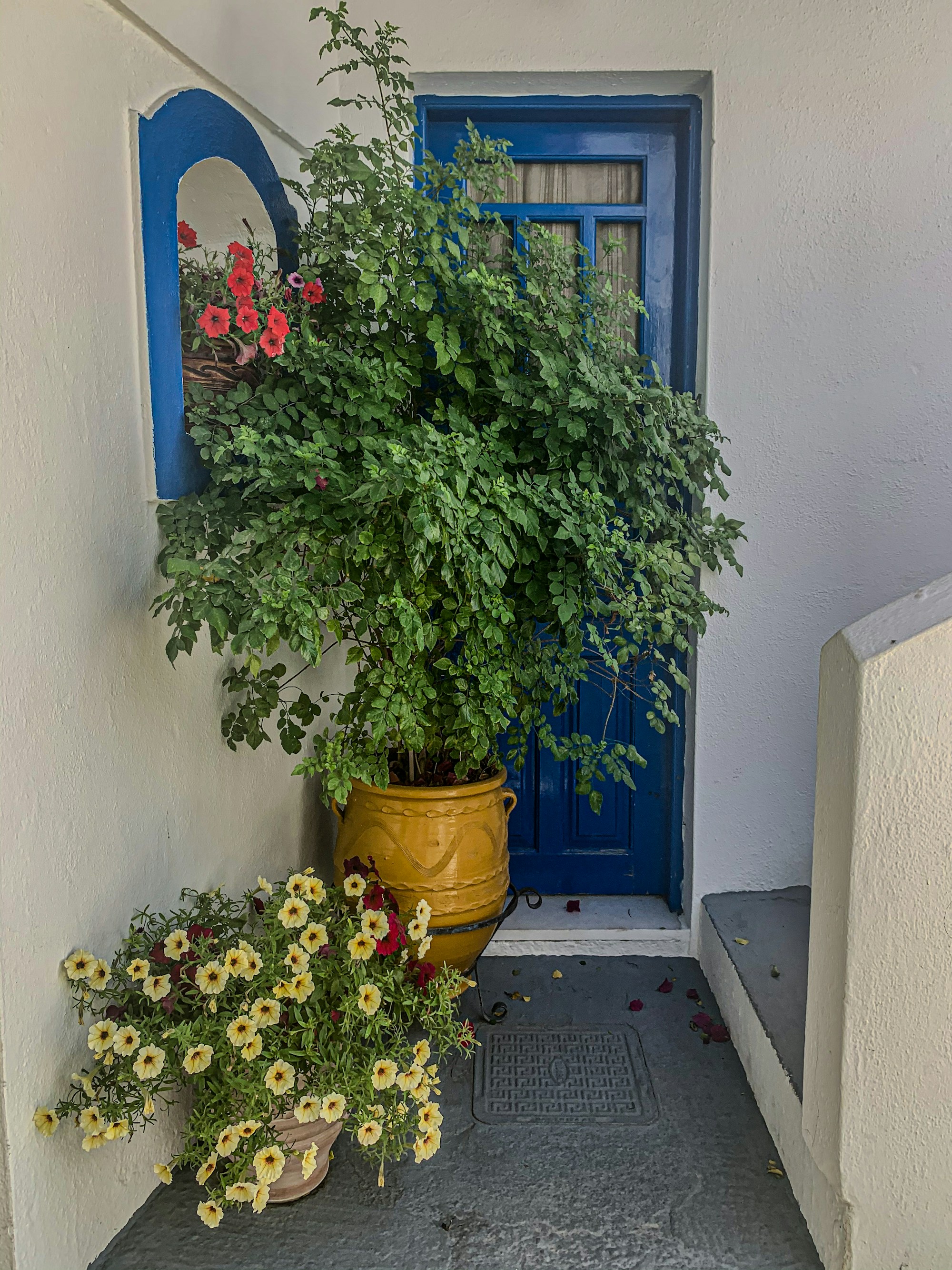Koufonisia Travel Guide: History, Customs, Festivals & Traditions
Discover Koufonisia: its rich history, vibrant customs, lively festivals, and timeless traditions. Explore this Greek gem today!

Introduction to Koufonisia
Welcome to Koufonisia, a hidden gem in the Aegean Sea, part of the Cyclades islands in Greece. Comprising two main islands, Pano Koufonisi (Upper) and Kato Koufonisi (Lower), this destination offers unspoiled natural beauty, rich cultural heritage, and inviting local customs. Prepare to embark on a journey that combines history, culture, festivities, and the unique traditions of this heavenly corner of the world.
Historical Context
Ancient Origin
Situated between Naxos and Amorgos, Koufonisia has been inhabited since prehistoric times. Archaeological findings suggest that the islands were an important center during the Cycladic civilization around 3000 BC. Pottery, tools, and ancient remains point to an advanced community heavily involved in trade and fishing.
Byzantine & Venetian Eras
The Byzantine period saw the construction of early Christian churches and the influence of Christianity took root. Later, during the Venetian rule from the 13th to the 16th century, Koufonisia, like many Aegean islands, became a pivotal point in maritime trade routes.
Ottoman Rule and Modern Era
Under Ottoman control from the mid-16th century until the early 19th century, Koufonisia maintained a degree of autonomy due to its remote location. Following Greek independence in 1821, the island slowly emerged as a serene retreat, recognized for its simplicity and authenticity.
Customs and Cultural Practices
The customs and traditions of Koufonisia reflect the island's deep-rooted connection to the sea and its natural environment. Here are some key aspects:
Hospitality (Philoxenia)
The spirit of philoxenia, or hospitality, is a cherished custom. Visitors are welcomed with open arms, often invited to share in local meals and participate in community activities.
Fishing and Cuisine
Fishing is not only a historical occupation but also a cultural practice, shaping the island's cuisine. Fresh seafood is a staple, with dishes such as grilled octopus, fried small fish (gouna), and local specialties like pasteli (a sesame and honey treat).
Ceramics and Handicrafts
Handcrafted ceramics play an important role in daily life and are a popular souvenir. The designs often depict maritime themes and elements drawn from the island's natural surroundings.
Religious Observances
Religion, particularly Greek Orthodoxy, is integral. Celebrations of saints' days and religious festivals are central to community life, with the church of Saint George on Pano Koufonisi being a focal point.
Festivals and Events
Festivals are a vibrant part of Koufonisia's cultural landscape. They offer a glimpse into the soul of the island, blending religious rites, folk traditions, and modern festivities.
Saint George Festival
Held annually on April 23rd, this is the most significant festival. It features a parade, traditional music, dancing, and a communal feast. Locals and visitors alike gather at the church of Saint George, followed by festivities that last well into the night.
Fisherman's Festival
Taking place in late June, the Fisherman's Festival celebrates the island's connection to the sea. Fishing boats are decorated, and a parade showcases the best of the island's seafood. It's a time for storytelling, sharing fishing tales, and enjoying fresh catches.
Windmill Festival
In early September, the Windmill Festival honors the island's historical windmills. Music, dance, and a fair showcase local products and crafts, providing a festive end to the summer season.
Interesting Facts and Anecdotes
- Untouched Beaches: Koufonisia is known for its pristine beaches like Pori, Italida, and Fanos. The crystal-clear waters and golden sands are perfect for relaxation and swimming.
- No Car Policy: Pano Koufonisi has a limited number of motor vehicles. Most visitors and locals travel by foot or bicycle, preserving the tranquil environment.
- Natural Beauty: Stunning caves like Xilobatis and To Mati tou Diavolou offer spectacular views and are perfect for adventurous explorers.
- Local Legends: Stories of pirate invasions and buried treasure abound, adding a sense of mystery and adventure to the island’s history.
- Eco-Friendly Initiatives: The islands are moving towards sustainable tourism, with initiatives to protect marine life and natural habitats.
How to Experience Koufonisia
Immerse yourself in the local way of life. Start your day with a traditional Greek coffee at a seaside café, followed by a stroll through the charming streets of Chora, the main village of Pano Koufonisi. Take a boat trip to Kato Koufonisi to explore its isolation and rugged beauty.
Local Cuisine
Don't miss out on trying local delicacies. Visit family-owned tavernas to sample:
- Kakavia: Greek fish soup made with the freshest catch of the day.
- Savoro: Marinated small fish, typically served with vinegar, raisins, and rosemary.
- Fava: A traditional Cycladic dish made from yellow split peas, often served with onions and capers.
Activities
- Hiking: Explore the island's natural trails, offering panoramic views of the Aegean Sea.
- Snorkeling and Diving: Discover the underwater world teeming with marine life and vibrant coral reefs.
- Photography: Capture the stunning landscapes, traditional architecture, and the everyday life of the local people.
